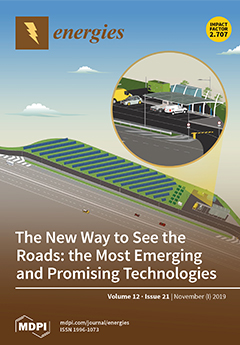The subcritical polyethylene-reflected plutonium (PERP) metal fundamental physics benchmark, which is included in the Nuclear Energy Agency (NEA) International Criticality Safety Benchmark Evaluation Project (ICSBEP) Handbook, has been selected to serve as a paradigm illustrative reactor physics system for the application of the Second-Order Adjoint Sensitivity Analysis Methodology (2nd-ASAM) that was developed by Cacuci. The 2nd-ASAM enables the exhaustive deterministic computation of the exact values of the 1st-order and 2nd-order sensitivities of a system response to the parameters underlying the respective system. The PERP benchmark is numerically modeled in this work by using the deterministic multigroup neutron transport equation discretized in the spatial and angular independent variables. Thus, the numerical model of the PERP benchmark developed includes the following imprecisely known uncertain parameters: 180 group-averaged total microscopic cross sections, 21,600 group-averaged scattering microscopic cross sections, 120 fission process parameters, 60 fission spectrum parameters, 10 parameters describing the experiment’s nuclear sources, and six isotopic number densities. Thus, the numerical simulation model for the PERP benchmark comprises 21,976 uncertain parameters, which implies that, for any response of interest, there are a total of 21,976 first-order sensitivities and 482,944,576 second-order sensitivities with respect to the model parameters. Computing these sensitivities exactly represents the largest sensitivity analysis endeavor ever carried out in the field of reactor physics. Only 241,483,276 are distinct from each other, and some of these turned out to be zero due to the symmetry of the 2nd-order sensitivities. The numerical results for
all of these sensitivities, together with discussions of their major impacts, will be presented in a sequence of publications in the Special Issue of
Energies dedicated to
“Sensitivity Analysis, Uncertainty Quantification and Predictive Modeling of Nuclear Energy Systems”. This work is the first in this sequence, presenting formulas of general use for neutron transport problems, along with the numerical results that were produced by these formulas for the 180 first-order and 32,400 second-order sensitivities of the PERP leakage response with respect to the neutron transport model’s group-averaged isotopic
total cross sections. For comparison, this work also presents formulas of general use and numerical results for the 180 first-order and 32,400 second-order sensitivities of the PERP leakage response with respect to the neutron transport model’s group-averaged isotopic
capture cross sections. It has been widely believed hitherto that, for reactor physics systems modeled by the neutron transport or diffusion equations, the second-order sensitivities are all much smaller than the first-order ones. However, contrary to this widely held belief, the numerical results that were obtained in this work prove, for the first time ever, that many of the 2nd-order sensitivities are much larger than the corresponding 1st-order ones, so their effects can become much larger than the corresponding effects stemming from the 1st-order sensitivities. For example, the 2nd-order sensitivities of the PERP leakage response cause the expected value of this response to be significantly larger than the corresponding computed value. The importance of the 2nd-order sensitivities increases as the relative standard deviations for the cross sections increase. For the extreme case of fully correlated cross sections, for example, neglecting the 2nd-order sensitivities would cause an error as large as 2000% in the expected value of the leakage response and up to 6000% in the variance of the leakage response. The significant effects of the mixed 2nd-order sensitivities underscore the need for reliable values for the correlations that might exist among the total cross sections, which are unavailable at this time. The 2nd-order sensitivities with respect to the total cross sections also cause the response distribution to be skewed towards positive values relative to the expected value. Hence, neglecting the 2nd-order sensitivities could potentially cause very large non-conservative errors by under-reporting of the response variance and expected value.
Full article





